-15 % sur votre première commande
rentrez votre email pour recevoir le code
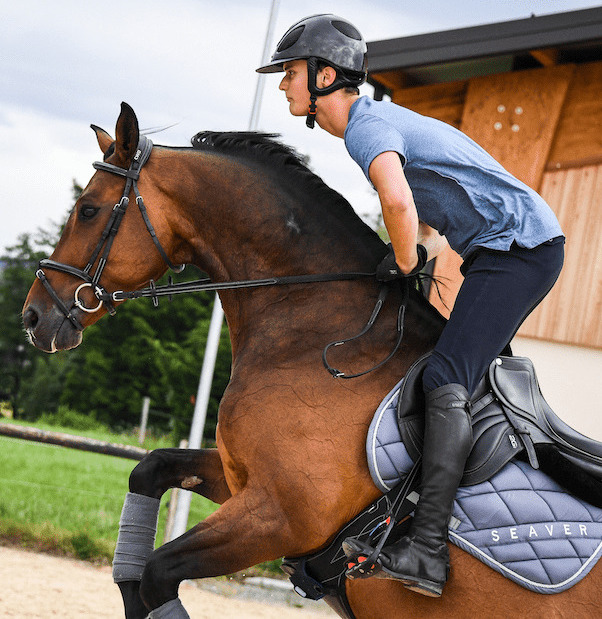

Le paiement x10 disponible sur la boutique ! Commandez votre airbag SAFEFIT pour 50€/mois
dimanche, 18 mars, 2018
After looking at the subject of choosing the right clip and/or blanket for your horse in winter (read the article), we are now looking into the right way to work your horse in this cold season. Winter should not be a hibernation period for the horse. Indeed, if you wish to maintain your horse’s physical condition, you must continue to exercise him regularly.
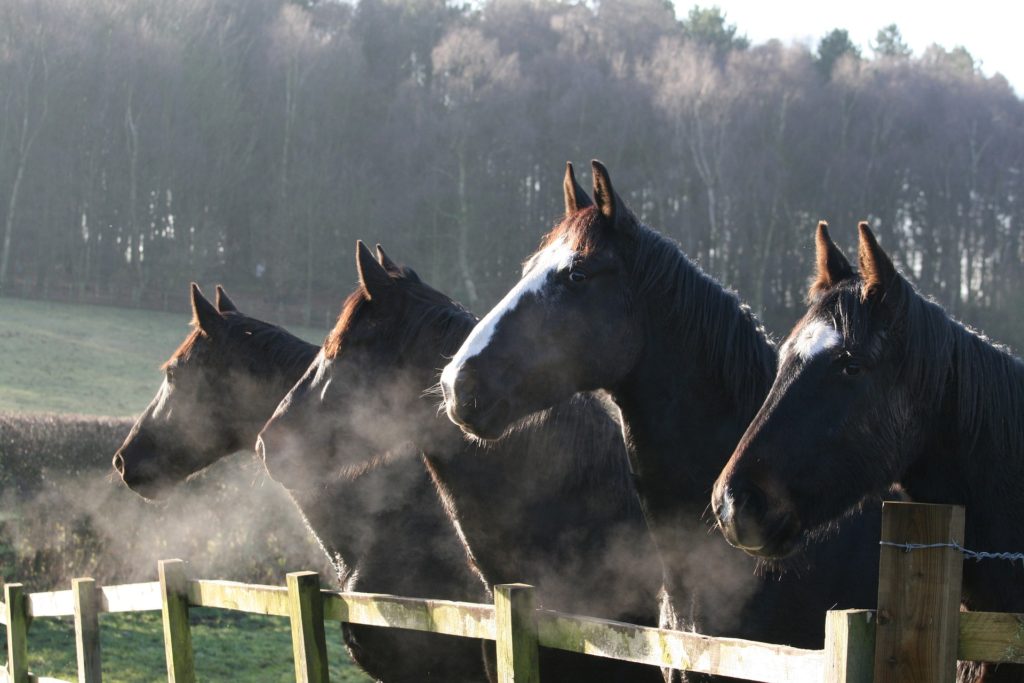
If his work level decreases from 5/6 times per week to less than 3 times per week during winter, then there will be consequences on his cardiovascular system, the strength of his musculoskeletal system, and the tonicity of his tendons and ligaments, among others, and it will take a few weeks or even months of training to get him back to shape. However, a few precautions must be taken to properly work a horse in winter.
In winter, it is thus important to keep working your horse for his wellbeing, his mind, and to maintain his fitness and training level. For show riders and horses, winter is the ideal period to fix issues encountered during the previous show season, and to prepare for the coming season.
Let’s start off by discussing equipment. A non-clipped horse will usually not need a quarter-sheet during training (a waterproof quarter-sheet can be used in case of rain, however) or a cooler after the session. Nevertheless, it is important to make sure the horse does not catch a cold from sweating during work; riders must thus adapt to their horse and the situation.
For clipped horses, it is important to put a quarter-sheet on them when riding. There are polar, thermal, and waterproof quarter-sheets. Be careful that you horse does not get cold, but also make sure he does not get too warm and start sweating either, as he might get sick. The quarter-sheet is thus best recommended for warm-up and cool-down phases, before and after training, but it can be taken off during the work phase.
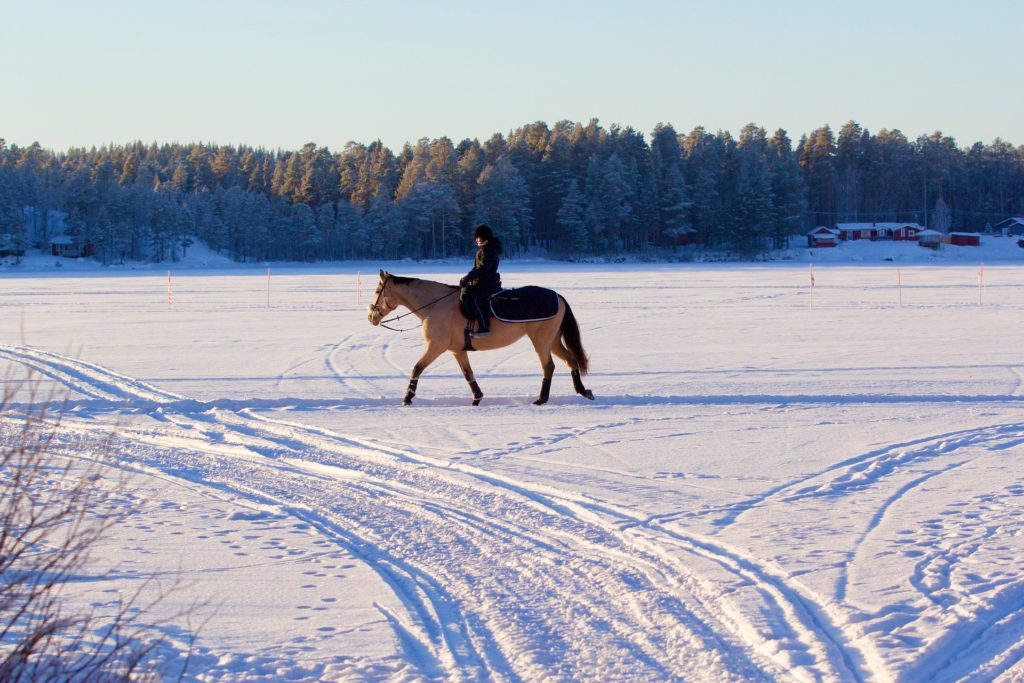
Just like us, when it is cold the horse will need more time for his muscles to warm-up, and for his blood to flow well. Generally speaking, in winter, horses spend less time outside in fields, in which case adapting training is all the more important as they will spend most of their time standing in a stall. The horse’s warm-up, crucial step of all training sessions to prevent injuries in particular, is thus even more essential in winter.
15 to 20 minutes of warm-up and stretching at the beginning of a training session are recommended to properly prepare the muscle to the work ahead, get the blood flowing, and relax the joints. This will of course vary with different horses: a horse living in a stall 24/7 will need a longer warm-up than a horse spending all his time outside, who thus has the opportunity to move around in his field/paddock.
Walking the horse and getting him to stretch for about 5 minutes, then trotting for another 5 minutes on large circles still stretching, is a good way to start the warm-up. Then, you can ask smaller circles, some lateral work, and transitions before slowly starting canter work on larger than smaller circles, with lots of transitions.
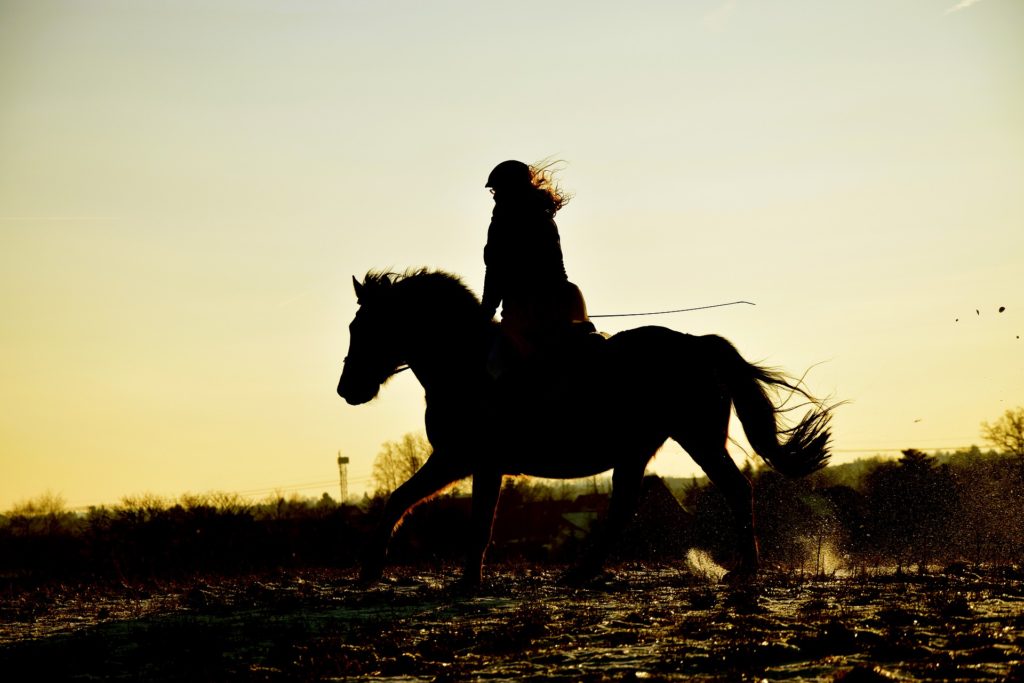
The cool-down phase, although important in all seasons, is essential in winter to allow the horse ample time to catch his breath, dry so as to not catch a cold, and to prevent soreness and stiffness. 10 to 15 minutes of calm walk are advised, whether in the saddle or in hand. As mentioned above, make sure to cover your horse for this recovery phase if he is clipped so he does not get cold.
After the training session, be careful never to put a blanket on a wet horse who would then likely catch a cold: instead make sure your horse is dried – walk him some more and/or use a cooler if needed – before putting the blanket back on, if he does wear one.
For your horse’s shape and moral you should vary your trainings, even in winter. A 20-min lunging session once or twice a week instead of riding will keep the horse in good condition. Some ground or liberty work is also always a good idea to work on your connection in particular, and allow your horse to unwind.
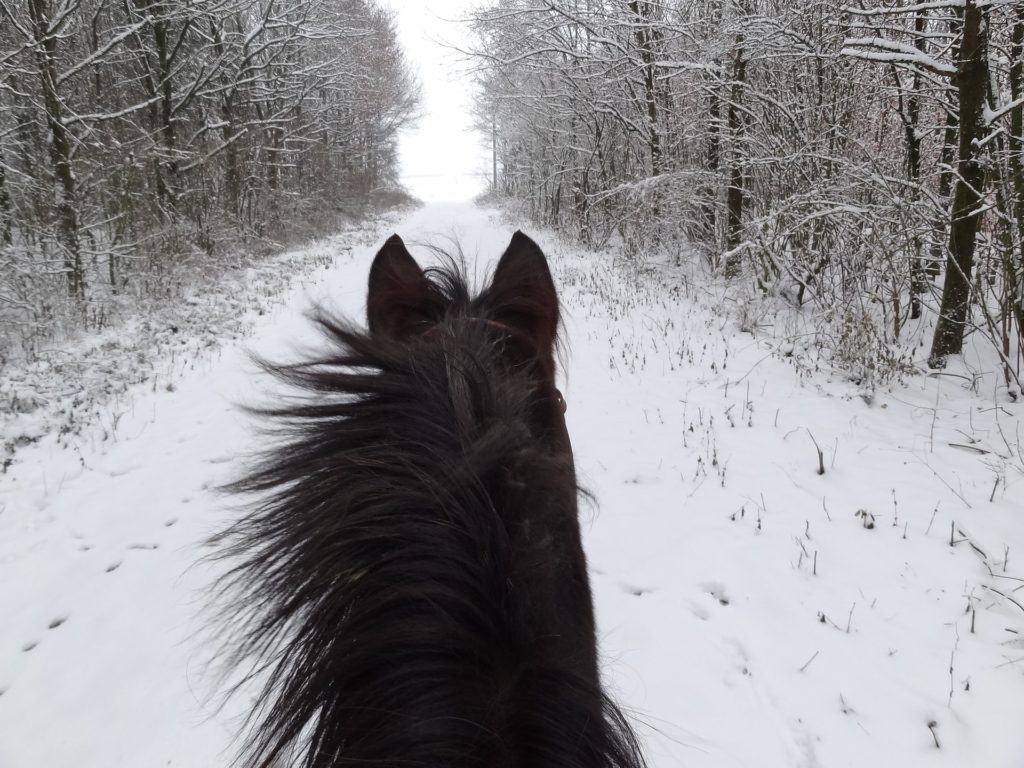
It is also recommended to do some calm hacks outdoors. Trotting for 5 to 10 minutes by intervals during the hack will exercise your horse’s cardio. However, be careful not to canter on too hard, too soft, or snow covered grounds on which your horse could get injured.
Horses' legs and hooves
In winter, because of mud fever risks, be particularly careful to your horse’s legs and pasterns. In fact, it is important to properly clean and dry them (with a towel for instance). If you use water to remove mud and dirt, prefer tepid to hot and cold water in order not to irritate the skin and favor bacteria entry.
It is of course essential to check your horse’s feet before and after work. In winter, special care should be given to the hooves: they should not get too dry or on the contrary too humid and soft. Using a proper hoof ointment once to twice a week on clean and dry hooves is advised. In some cases, if the horse lives in a very muddy field, or has a humid or poorly maintained bedding: he might suffer from thrush (frog infection). Careful; using hoof care with tar in such a case will only make things worse (as it will trap bacteria), it is thus very important that you talk to your farrier who will advise you on the best treatment for your horse.
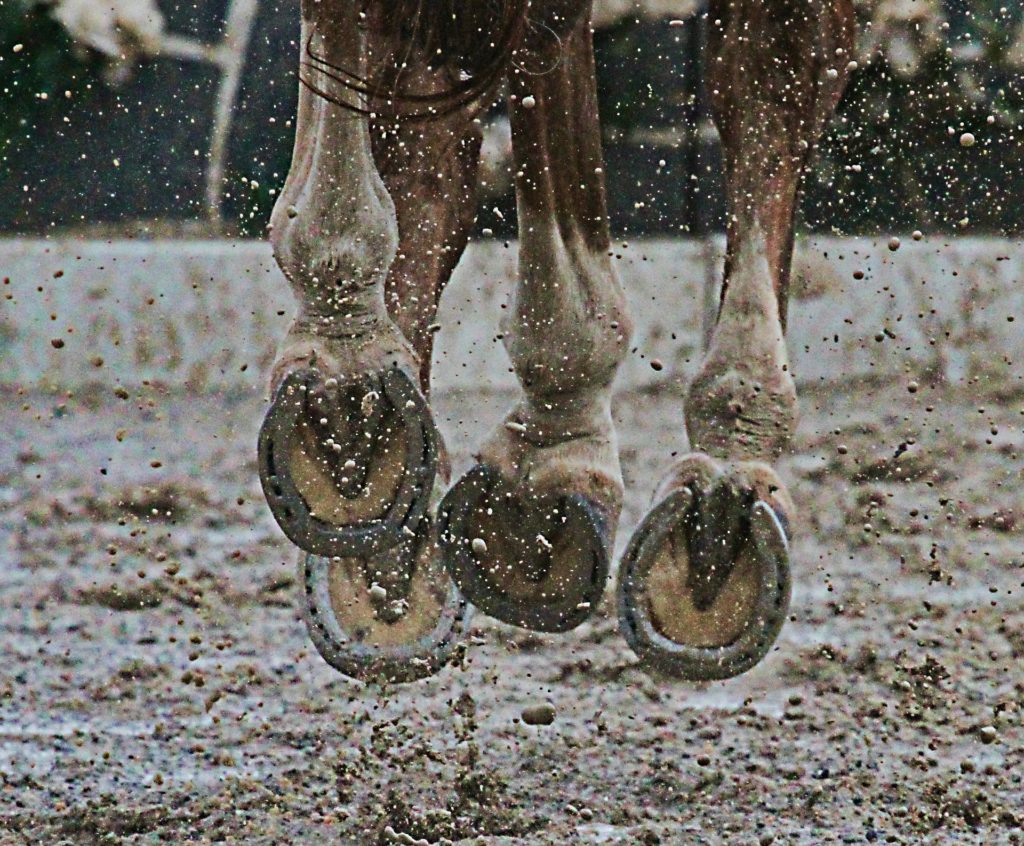
Horses' nutrition in winter
In winter, just like any other season, make sure your horse always has fresh water at his disposal.
You might need to change the feed and/or ration of your horse. Indeed, he will spend more calories to get warm in winter, just like us. Thus, you might need to increase his caloric intake in order to offset this higher energy expenditure and to prevent weight loss. It is also important to take your horse's workload into consideration: if he is exercised less frequently or intensely in winter; think about adjusting his diet accordingly.
---
In this article, we discussed the warm-up and cool-down phases of a training session in winter. If you are interested in learning more about how to work a horse to prepare for the next show season, check our article with MC Fuss.
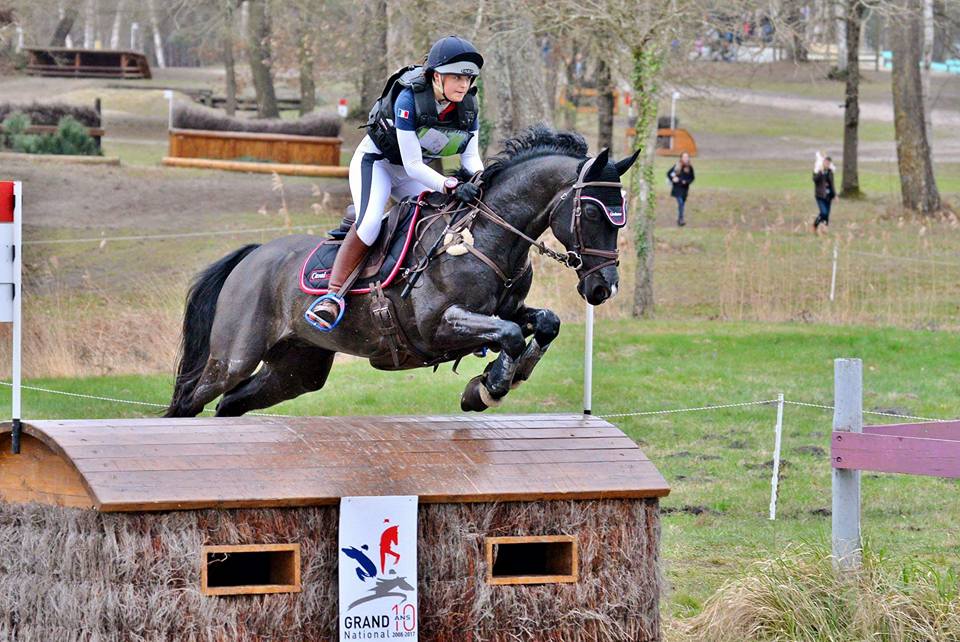
See you soon with a new article,
The Seaver Team